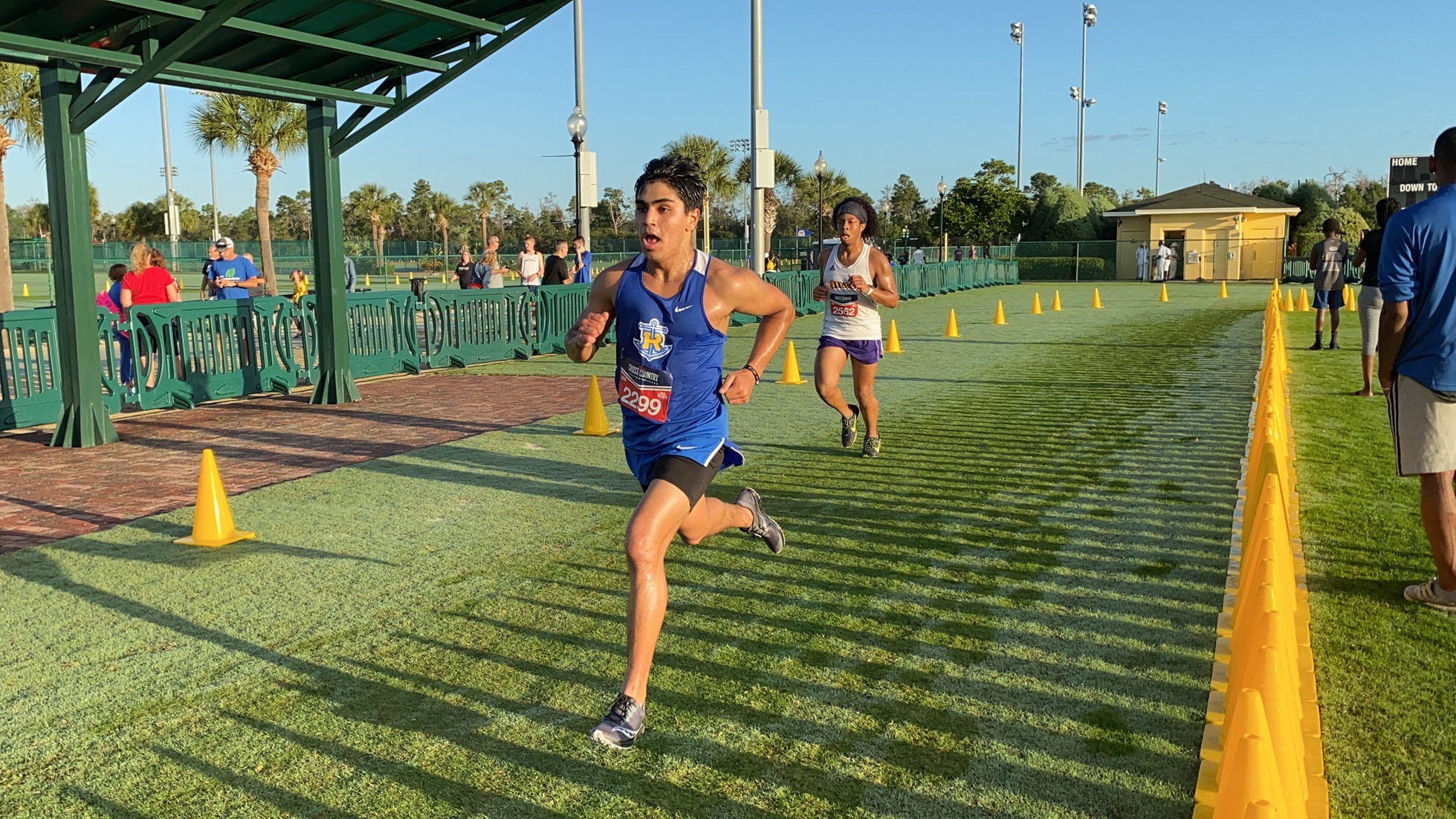
PROOF OF CONCEPT
In-Season Strength Training for Collegiate Cross-Country
October 14, 2019

By: Daniel Sharvit
TIMED SPORTS
——————
When we think of sport, we think of competition, score, team, and effort. These words can almost be applied universally to all sports with a few exceptions. Cycling, running, and swimming are three of the most common examples that contain an additional variable to them and that is time. Swimmers and Sprinters practice their craft in hopes of swimming and running as fast they can in a particular event. The length of the pool doesn’t change, and most high-level races are indoors eliminating any factors of weather. For track sprinters, they will encounter weather variability, but every track is precisely measured and engrained in the runner’s brains. These are all important to note, because the repetitiveness of these skills will have major impacts on the performance of the athlete. At a certain point you are as strong and as fast as you can get so dropping times comes down to one factor alone and that is making as few mistakes as possible during the span of the race.
Cross Country is a unique sport because these athletes train and compete on varying fields and courses. Weather can be a factor as the races take place outdoors. Pacing can be a challenge as the course may continue through markers rather than repeating laps with a given distance. Along with these, there can be uphill’s and downhill’s with unknown grades and lengths. The list can continue but I think you get the point that dropping times in this sport is much more than perfecting your craft. You have to be prepared and equipped both physically and mentally to handle the unknown components of a race. This is why having a proper Strength and Conditioning program for Cross Country runners can be pivotal for the success of these athletes.
IMPROVING PERFORMANCE FOR DISTANCE RUNNERS
——————
What can I do to help improve the performance of distance runners while keeping them safe and reduce the risk of injury? This was the forefront question in how I wanted to approach working with Cross-Country athletes. The races are typically 5k’s and 8k’s or 3-5 miles so being able to perform for long durations is important. A practice though, can consist of runs like 1-mile repeats for pacing or a 10k for some endurance, dependent upon the training day so they will be training some type of volume and cardio during those times. Because of that aspect of the sport however, I’d still like to ensure the pace in the weight room is still continuous, so they train with an elevated heart rate.
Now with this in mind, the question above still hasn’t been fully answered. I can train them at a quick pace but that can only improve their ability to sustain their current output rather than enhance it. The next thought was to incorporate a good amount of training in the planes of movement these athletes don’t get too much. Since they are putting in up to 75 miles/week running straight ahead I knew that training them with lateral and rotational movements would reduce the risk of injuries and improve overall athleticism. Getting their bodies to move and be strong in new directions will help prepare them for the adversities they may face on an unlevel surfaces and possibly add a little pep to the step.
At this point I’ve decided that high tempo, multidirectional training can aid in maintaining performance output and somewhat reduce risk of injury, but the performance might yet not be improved. That’s when the “ah ha” moment came to me and I broke down the sport as a whole. For simplicity I’ll use whole numbers, if an entire race took an athlete 1,000 steps to finish moving at 10mph then if they continue at that pace but take less steps they will inevitably run the race faster. That is the basis behind stride length. Since this training is occurring in-season it will be slightly difficult to increase power and strength output relative to an off-season program. By improving their running mechanics and efficiency in a race the athletes can then run at the paces they train at but cover more distance in less time. In addition, while covering the mileage these athletes do, making sure they run with quality mechanics will reduce the risk of injuries.
Training multiple planes of motion, keeping tempos high and heart rate up absolutely have a place in this training regimen but the most crucial aspect and focus of our training is getting these runners as efficient as possible in the weight room and on the course. In addition to race times, by continuously checking in with the athletes on fatigue, soreness, aches and pains you will be able to monitor how much of an effect the program is having.
*If you would like more information on specific tips and drills to incorporate with your teams to optimize running mechanics stay tuned.
Leave a Reply